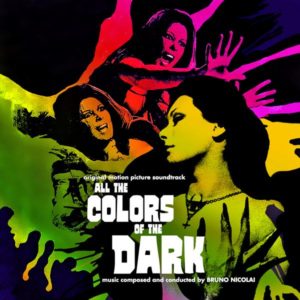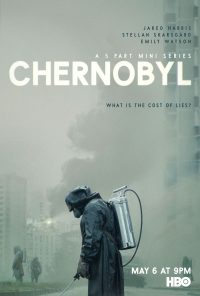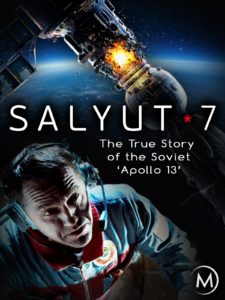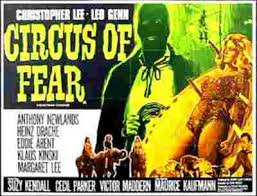With my political reading and podcasts I try to read and listen to writers, publications, and thinker from both the liberal and the conservative perspectives. I’ll admit that I have yet to find a conservative podcast that seems to be about ideas and not about endless ad hominem attacks on the viewpoints that they find disagreeable, but the search continues.
One thing I have noticed as I visit various conservative publications is what seems to be a scarcity of proposed solutions to challenges facing us today. There is a lot of ink and bandwidth dedicated to attack solution proposed from liberals, endless streams of outrage over proposed or actual changes to our social order, and an infinite supply of arguments defending the current administration that are simply at odds with everything these publication have professed to stand for in previous years. It boils do to a lot of ‘We can’t do that!’ while offering nothing as a counter proposal.
This is not how has always been.
I think that what is happened and has been happening for about a decade or so is that we have reached the end of the life cycle for the current wave of conservative thought. I think that political thought comes in the large massive periods and when a version becomes dominant it will remain essentially unchanged for many years.
From the Great Depression through the first Bush administration the liberal political thought was very much just variations on FDR and his legacy. Until Bill Clinton’s campaign the music played at National Democratic conventions was Happy Times are Here Again a Depression era song. Clinton, sensing that the Conservative era ushered in my Reagan had not yet passed, charted a ‘third way’ for his politics, seeking to appease conservatives as he tried to implement his programs. It was often said during his two terms that it was better to be his enemy than his ally because he would sell out his ally to gain from his enemy. Obama in my opinion represents the final breaking from the FDR legacy and is the threshold as we cross into a yet undefined period of liberal thought. It is why the three leading Democratic candidates for President lead such different coalitions.
On the conservative side the victories of Ronald Reagan broke forth a new dawn, pushing aside the conservative thought of Eisenhower, Rockefeller, and that ilk for a new way of thinking. However that victory happened in 1980, 39 years ago, and the last of Reagan ideology has been falling away. We are at the end of Reagan’s period of dominance and conservatism, particularly now that the Cold War is over, must find a new philosophy and new thought and it hasn’t done that yet. Trump represents one possible future for conservatism. It is a bitter, hate-filled future of endless nasty attacks and a very tribal warfare but it is a possible and it holds no solutions only political warfare that never ends. A decided defeat of Trump in 2020 will be a good step in closing off that future, but it will take more than one humiliation to kill that monster.




